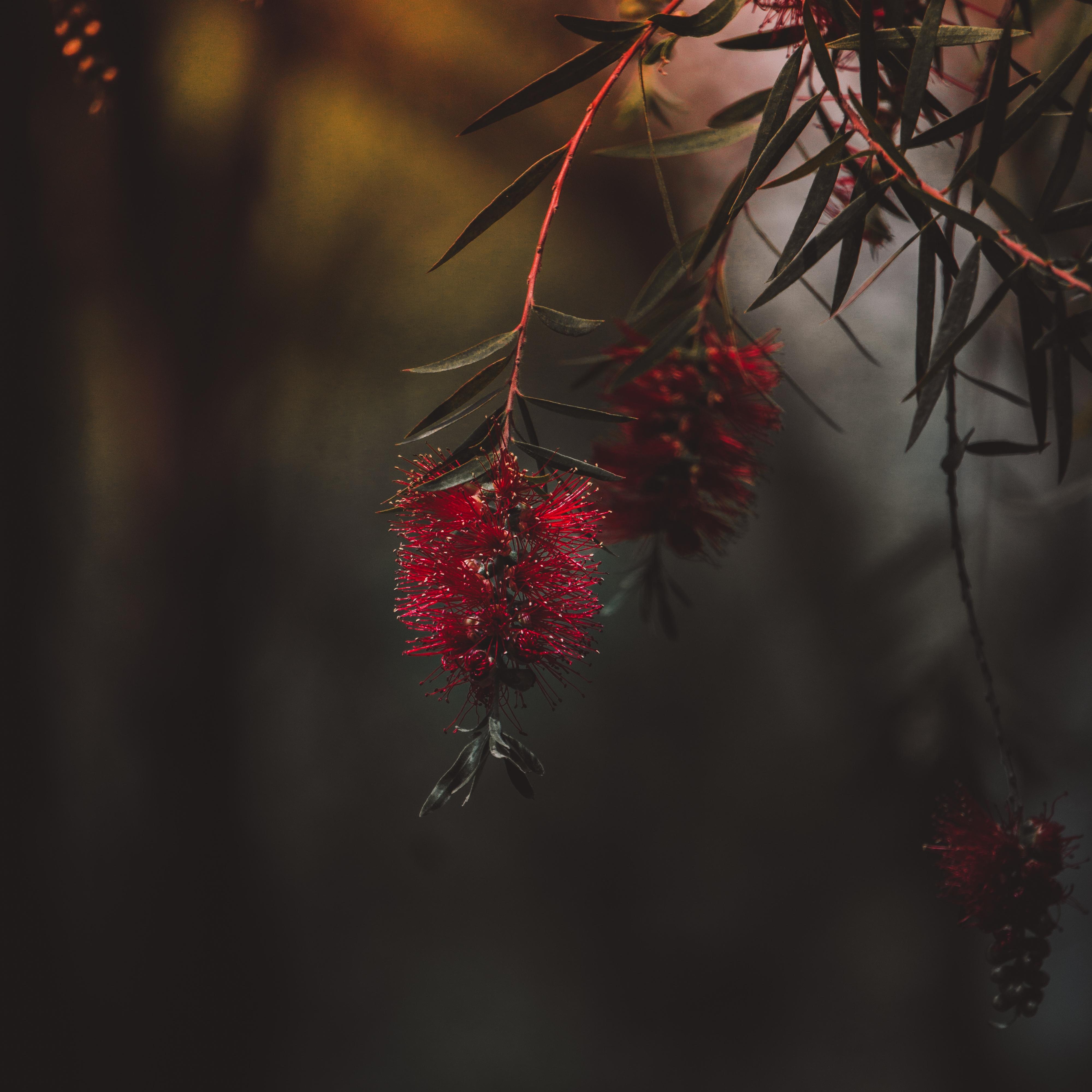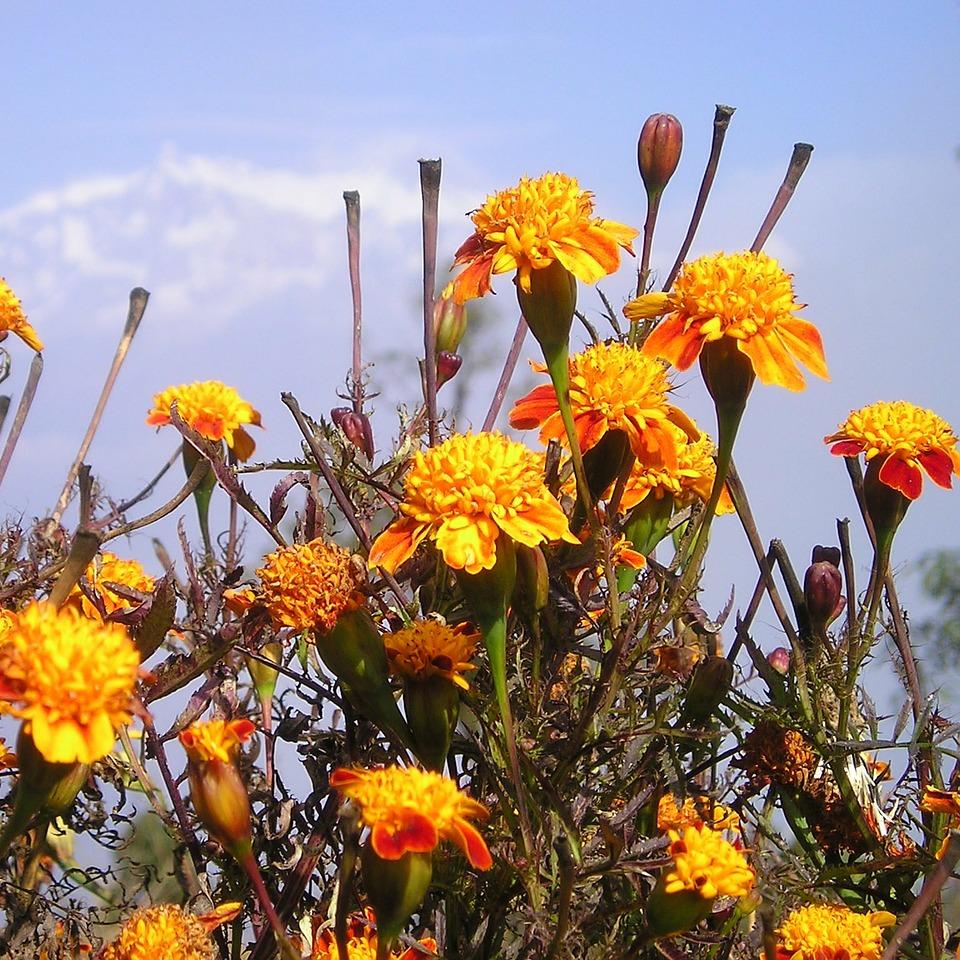Flowers & plants
There are over 6500 known species of trees, shrubs and flowers in Nepal. In the temperate areas flowers start blooming when winter ends. The southern slopes and the inner valleys are full of buttercups, polygonums, scrophs, mints, composites and cinquefoils. In the alpine areas there are junipers, saxifrages, primulas, rhododendrons, contoneasters and ephedras. There are over 300 types of orchids in Nepal.

Flower season
The main flower season is March and April when the rhododendrons are in their full glory. The large white Magnolias, Orchids, Lavender Primuds and Blue Irises. In western Nepal the best time to see flowers is July and August. It gets less rain than the rest of Nepal, so it is more comfortable to visit during the monsoon than other places. Just after the monsoon in October and November many of the flowers are gone. Some may be seen in the subtropical areas such as Mauve Osbeckia, yellow St John’s wort and pink Luculia. Flowering cherry trees also add colour to the autumn village scenesas.

Trees
Two kinds of trees are often seen - the banyan and pipal tree. They are considered very holy and are often found near temples, holy places and rest areas along walking routes. Banyan trees have hanging roots and elliptical leaves. They can often be huge as the roots connect and different inter-connecting trunks may grow.
Pipal have heart-shared leaves. The pipal is considered holy by both Hindus and Buddhist. It is believed that the Buddha attained enlightenment under a pipal tree. Hindus believe that the banyan tree to be an embodiment of Laksmi, the goddess of fortune and consort of Lord Vishnu. The pipal is seen as the embodiment of Lord Narayan (Vishnu).
Bamboo is seen throughout Nepal. Giant bamboo is seen in the tropics and dwarf bamboo in the temperate areas. The grass species is used for building and for making baskets.